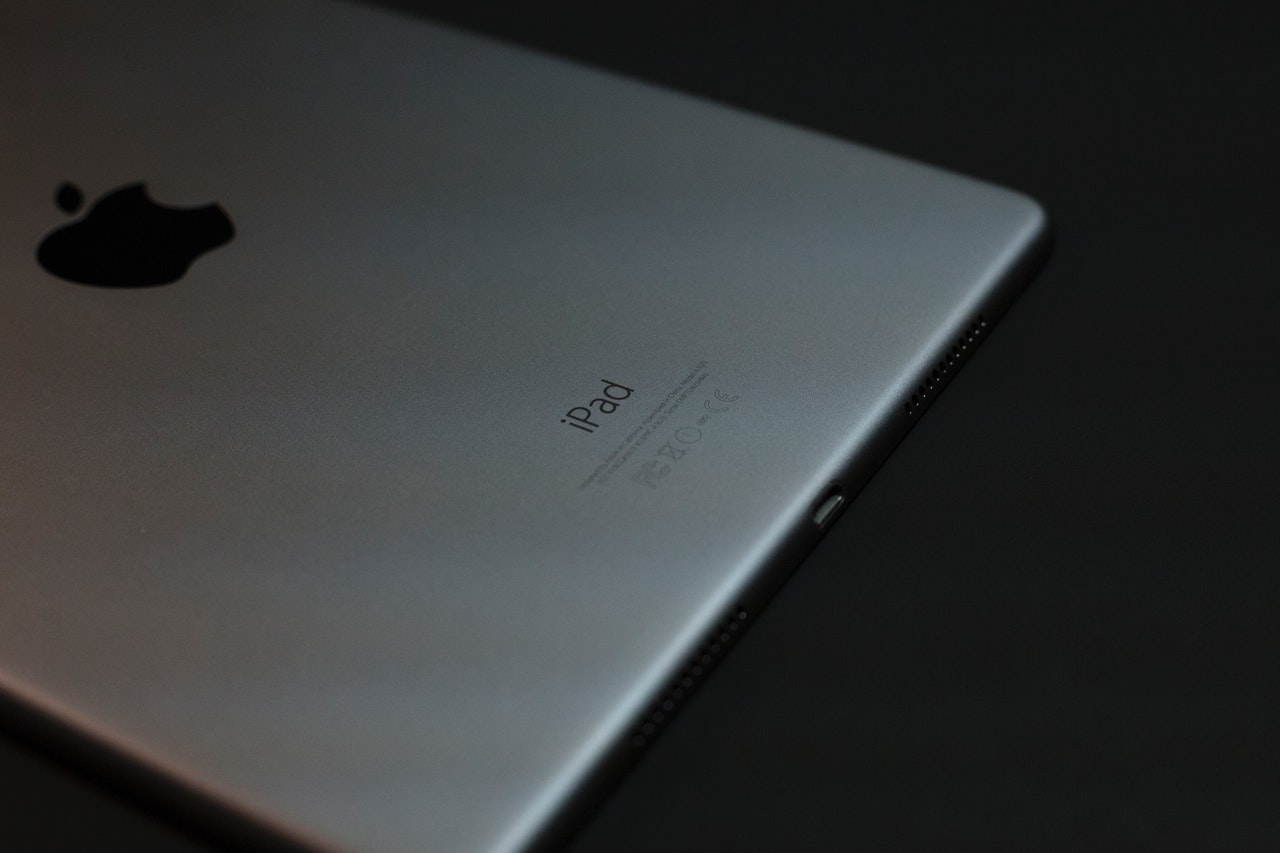
iPad will feature Samsung Display OLED panels to further enhance viewing experience as reports claim.
iPad Models Will Have Different OLED
Apple iPad models will now vary not just on the hardware alone but now the display as well.
For next year's iPad release, it will feature a rigid OLED display, but for 2023 and farther, it will use a newer flexible OLED.
What does this mean for future iPad models?
As of the time of this writing, a source has told TechRadar that Samsung is now the exclusive and sole supplier of Apple's iPad models.
OLED screens are great at highlighting bolder colors and also improved contrast unseen with any other brands out there. The current iPad models only use LCD displays for most, which is not as good as OLED model displays that Samsung flagship devices currently have.
As confirmed by The Elec, Apple plans to unveil its first OLED iPad in 2022 and also newer screens by 2023.
Read More: Apple iPad 2021: What's Best for What | Ultimate Guide
OLED iPad Coming Soon
If the timeline is correct given from a new source, the iPad Pro range will be getting a significant upgrade in 2023. While for the year 2022, iPad Air is rumored to have a 10.8-inch screen that features OLED as well.
The rumors have suggested that the iPad Air 5 will be the one receiving the first upgrade since the 10.8-inch display size is also the same as the iPad Air 4, hence the speculations.
What's for sure is that in 2023, Apple will launch an 11-inch and 12.9-inch OLED iPad as per the reports. These display sizes are the same as the iPad Pro lineup, which makes people believe that they are the ones receiving the significant display upgrade during that time.
Flexible OLED Vs Rigid OLED
As we mentioned, rigid OLED will be used for next year's line of iPads, and the flexible OLED will be used in 2023. So what's the difference?
Flexible OLED costs more than its predecessor. However, what it does to compensate is a more flexible design freedom since the bezels of the device can be made thinner. Apple is actually using flexible OLED for their iPhones. The use of flexible OLED in iPad's can see the device get 120 Hz of refresh rate for all the models and not just the iPad Pro.
Apple chose to use rigid OLED first since the company explained that it's not in the level of mass production yet required for the flexible OLED display. Hence, the company needs more time to be able to have the tools to effectively generate mass quantities of flexible OLED before they even consider bringing it to the table for consumers worldwide.
As all of these news are slated for next year and beyond, to keep you satiated, read more on what we covered so far regarding Apple and Samsung products here in Techtimes to be able to catch yourself up to what's relevant.
Read More: Face ID: Apple's Touch ID is Not Enough To Secure Your iPhone, iPad-- Here's How to Effectively Lock Down Your Device
This Article is owned by Tech Times
Written by Alec G.








